Intelligent Abacus Frequently Asked Questions

What is ➙ Abacus and Mental–Arithmetic ?
Abacus and Mental–Arithmetic means using abacus for the teaching of Mental–Arithmetic. Abacus is a tool used for the calculation of ➙ PLUS ➙ MINUS ➙ MULTIPLICATION ➙ DIVISION. When one uses an abacus, one has to follow certain set of rules and methods. When a person is familiar and skilful in the use of abacus, he will be able to calculate faster. Through feeling, perception and memory, one's brain will be trained to work like the abacus and that is what it means by ➙ Abacus and Mental–ArithMetic way of calculating. Once you are good at the ➙ Abacus and Mental-Arithmetic way of calculating, you can calculate faster than an electronic calculator. The speed you get the answer is unbelievable. Abacus and Mental-Arithmetic method is the world's best method of learning calculating skill.
Why must one learn ➙ Abacus and Mental–Arithmetic method ?
In our daily life, we are bound to face the issue of calculation. We have to calculate ➙ something ➙ sometime ➙ somewhere every day. To solve this problem, it is the best way we learn the skill of doing it. Abacus and Mental–Arithmetic method is an exercise of ➙ MIND ➙ HAND. When our fingers are operating the abacus, similarly our brain is also at work. The faster we use our fingers, the faster our brain works. Thus, this exercise activates our brains. When our hands and brain work together, it doubly improves our brain's functions.
Does the learning of ➙ Abacus and Mental–Arithmetic help the development of our mental faculty ?
The development of a person's mental faculty is closely related to the exercise of our fingers. By using our fingers, our mental faculty will automatically be improved. Many educationalists believe that teaching Mental–Arithmetic by using abacus is perfect and it helps in the development of our mental faculty. Our brain can be divided into 2 halves:
➙The left brain which is responsible for ➙ speech ➙ writing ➙ calculating ➙ thinking ➙ reasoning ➙ judgment.
➙The right brain which is responsible for ➙ description ➙ imitation ➙ imagination ➙ music.
Abacus and Mental–Arithmetic method involves a combination of ➙ Thinking ➙ Exercise. In calculation work, one has to remember as one uses the abacus. One needs to use one's ➙ Attention Power ➙ as well as ➙ Memory Power. This requires the coordination of both the left and right brain. Thus, the Abacus and Mental–Arithmetic method is the gold key to develop one's mental faculty.
When does one begin to learn ➙ Abacus and Mental–Arithmetic method ?
The younger the better. A child's body cells are 70% developed when he reaches 3 years old and 100% developed when he reaches 4 years of age. When the cells are fully developed, it is the best time to learn Mental–Arithmetic.Therefore, it is suggested that the best age to start learning is between the ages of 4 to 12–which means from Kindergarten to Year 6.
How long does it take to complete the Intelligent programme ?
Normally, it takes about 3 years to complete the Intelligent programme. However, the programme will be conducted according to student's individual rate of progress. Besides, students must pay full attention and cooperate with teacher in class and they have to be responsible to their duty, for example, after the lesson they have to do homework on time. In the meantime, students also must utilize their knowledge in the daily life in order to achieve the best effect.
How does Mental–Arithmetic programme help children ?
When children are calculating by using abacus, their hands, eyes and brain work together and the activities shown in their brains are memorization, observation, judgment and mastering. Therefore, the process of answering questions not only enhances their observation, memory power but also developing the ability of analyzing and solving problems. Owing to the high degree of the ability of attention, memory and reactivity are practiced in Mental–Arithmetic activities, the development of these abilities can be cultivated effectively. At the same time, children will be gradually fostered the development of non–intellectual factors such as being ➙ attentive ➙ persistence ➙ competitive ➙ time controlling ➙ aspiring. Children who learn Mental–Arithmetic usually will have significant enhancement in the ability of learning foreign language, reciting poetry and solving mathematical problems.
Will children's mathematical performance be improved after learning Mental–Arithmetic ?
Abacus and Mental–Arithmetic programme puts emphasis on the mental development. Scientific research also proves that Mental–Arithmetic programme enhances the rapid development of children's intelligence. They can make good use of their hands and brains, improve attention, memory and reading ability. The scope of Mathematics subject is broad. It includes different definitions, theorems, formulas, algorithms, etc. Therefore, children's outstanding mathematical ability will be cultivated so far as these principles and the rapid computing power of Mental–Arithmetic are mastered.
What are the characteristics of Intelligent programme ?
The training of Mental–Arithmetic enables to foster students' overall quality and improve their academic performance. Owing to the continuous practice of hearing, calculating and writing, students, vision, hearing, touch and other sensory organs collaborate to promote the development of our brains. This situation not only enhances thinking ability but also broadens the depth and breadth of thinking. The learning of abacus and Mental–Arithmetic helps the development of potential but the learning process should be in all directions. Intelligent Mental–Arithmetic programme adopts strict requirement and variety training modes which aim to arouse student's interest in learning during the foundation of basic level.
Intelligent programme includes the following characteristics:
Intelligent creative thinking training
In the information and technology–based society, data is increasingly becoming an important symbolic message. In order to have better understanding of the impersonal world, people must learn to deal with all kinds of information, especially digital information. The ability of collection, collation and analysis has become a part of basic human qualities. Therefore, the series of ➙ activate your thinking power ➙ i.e. creative thinking training in Intelligent programme advocates the independent activity of students in learning process, to develop the ability to explore law, patterns and others. Through encouraging students to make use of the images as concrete analysis, thinking not only speeds up the analysis speed but also reduce the degree of difficulty. In addition, they tend to remember visual information easily and carry out efficient orderly visualized analysis when they see abstract information. After calculating the amount of different things, students will show the beads on the abacus. In the training process, students will learn to take different points of view of thinking to the same problem. It is not limited to an idea and the established form, but for a variety of ideas and methods to solve the problem. This helps to improve memory, thinking and other abilities and learning efficiency in twice and above as fast as expected.
Intelligent new era abacus
The new era abacus used in Intelligent Mental–Arithmetic programme is a patent abacus ➙ patent no 20082774. It is a kind of psychological effect of colours. The right brain will have a higher sensitivity through the photosensitive vision to the red and yellow colours. To train the students the three dimensional vision changes is a language hint for instructors in the class. Students move the beads and put the position of the beads, the memorization process of the movement assists them to establish the spatial image in the shortest possible time. The instructor can evaluate student's spatial image for the purpose to prevent students from using ➙ ability calculation so that the progress of programme will be accelerated.
Intelligent flash cards training
Flash cards are the stimulus cards of vision which establish the quality vision neural circuits. The rich visual stimulation enhances students imagination and logical thinking, strengthens visual perception, fosters visual resolution capability, improves visual attention and observation, develops three–dimensional vision and vision integrity. There are varieties of flash cards. The Intelligent flash card trains the students to move the beads and put the position of the beads, the function to stimulate our brains through the memorization process of the movement is higher than the original word flash cards and image flash cards. However, it is same as the words which base on the high degree of spatial composition and decomposition of digital images. With the role of the operations of the brain activity, the memory power will be highly improved.
Intelligent non–formula method
Non–formula method is easy to learn while formula method caused the students facing the sense of frustration and giving up the opportunity of right–brain development due to the tough memorization process of formula. Moreover, the application capability of non–formula is strong. Students are able to reach the stage of moving beads masterly and build up their confidence at the shortest time for the reason of getting rid of the constraint of formula. In addition, non–formula method is suitable for children over 3 years old while the formula method is suitable for children over 6 years old. This helps the children to seize the time of right–brain development in the golden opportunity of brain development.
Intelligent both hand Abacus and Mental–Arithmetic
With the movement of beads by the left and right hands, our vision, auditory, touch and muscle can function coordinately. It is conducive to collaborate the vision, auditory, touch and sensory organs. Then, students' concentration and memory power will be enhanced. Both left and right brain hemispheres operate and transfer information mutually. The manipulation and the movement of both hands are controlled and coordinated. During the process of the development of the integrated function of brains, the agility of touch, vision and auditory will be improved as well.
Intelligent negative number practice
Abacus and Mental–Arithmetic not only consists of the original function of calculation but also include the function of wisdom inspiration. For instance, the practice of negative numbers can exercise students thinking power. In the process of training, students must focus on active thinking, observe the number of beads, analyze the rules of moving beads and make judgment and response immediately.
Children's poor memory power affects their school performance
Will Mental–Arithmetic training increase children's memory power ? Why ?
Many parents think that children's performance in Mathematics will be improved through the learning of mental-arithmetic. In fact, it's not exactly correct. The spatial ➙ shadow ➙ namely spatial image of the beads in our brain will be formed through the image of the beads with the collaboration of the red and yellow beads of the new era abacus. When a teacher instructs a student to stir the image in the brain from up, down and different directions and rods, their image of the beads will become clearer. The origin of memory is space. Memory comes after the space is formed. Similarly, all of us know that the motive of attending tuition class is to acquire knowledge but how can we learn without memorization? The space of the movement of beads is active while the strokes of words are formed and unchangeable. If students can see the movement of beads in their brain clearly, it shows that they can see the method of writing words easily and learn more vocabularies gradually. Their knowledge will be increased with a lot of vocabularies. Meanwhile, their school performance will be improved naturally coupled with the foundation of three languages.
Can every Intelligent student master Mental–Arithmetic calculation ?
Yes, every student can form the structure of beads in his brain as long as a solid foundation of abacus calculation is laid beforehand. However, it should be ensured that the student has practised ➙ reflection space but not ➙ visual space. The ➙ reflection space can also be called ➙ image space. When a student is doing Mental–Arithmetic calculation, the movement of beads is completed in his mind, his eyes are not required to look at his fingers. On the contrary, the student who practises ➙ visual space will look at his fingers when moving beads, it shows that the image in his brain will only be completed with the help of eyes ➙ that is vision. Image Mental–Arithmetic can do questions in units, tens, hundreds, thousands and ten thousands by reading or hearing calculation. However ➙ visual Mental–Arithmetic can only do questions in units, tens by reading or hearing calculation. The ➙ divided calculation will be used when the questions in hundreds, thousands or ten thousands appear. The so–called ➙ divided calculation means dividing questions and calculate them in twice, triple or four times. If a student cannot have hearing calculation but only reading calculation, it means that the wrong method is used and the problems should be solved immediately for the preparation of questions in thousands and ten thousands. Owing to the limited space in ➙ visual Mental–Arithmetic, the beads for many digits are not able to be stored in the brain and it does not serve the purpose to improve students' memory power in the first place.
 Malaysia
Malaysia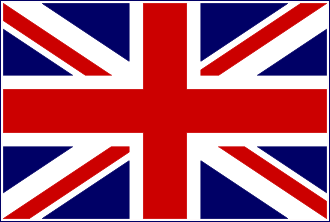 England
England USA
USA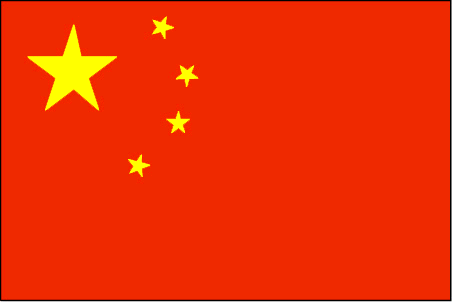 China
China Taiwan
Taiwan Cambodia
Cambodia Singapore
Singapore Thailand
Thailand Indonesia
Indonesia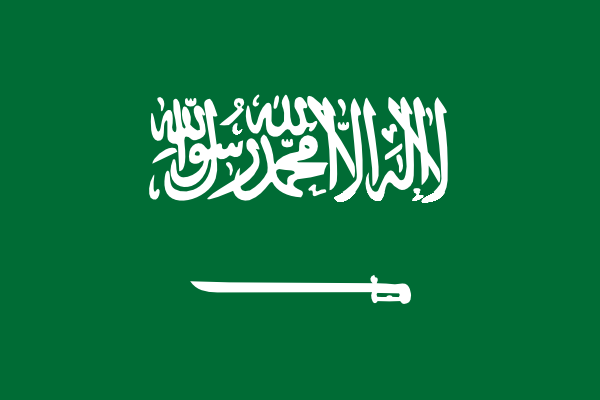 Saudi Arabia
Saudi Arabia Vietnam
Vietnam Russian
Russian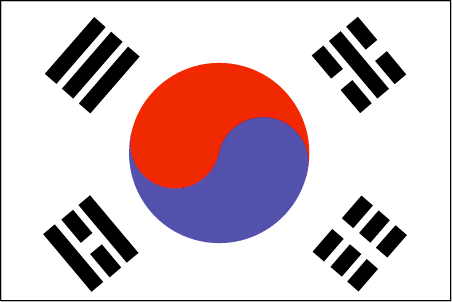 Korea
Korea Japan
Japan Turkey
Turkey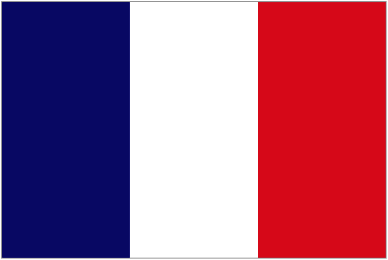 French
French Netherlands
Netherlands Italy
Italy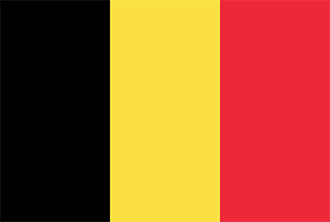 Germany
Germany Portugal
Portugal Playtime–1
Playtime–1  Playtime–2
Playtime–2 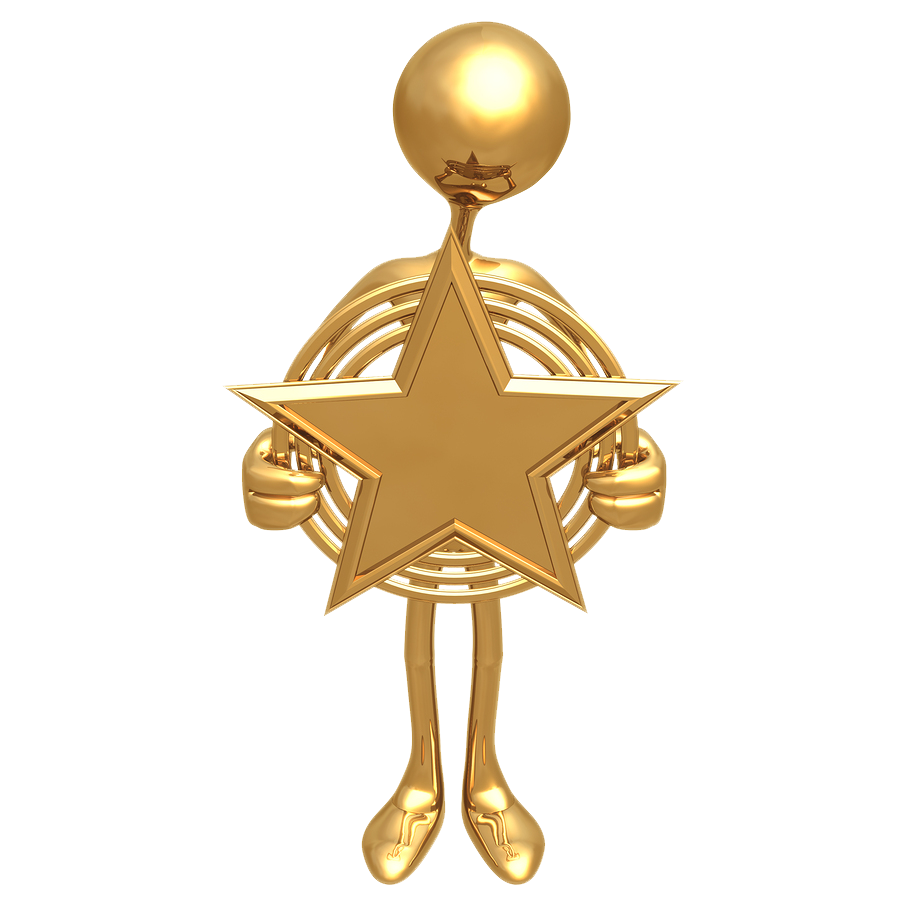 Playtime–3
Playtime–3  Playtime–4
Playtime–4  Holidays
Holidays Student Awards
Student Awards Instructor Awards
Instructor Awards Centre Awards
Centre Awards


